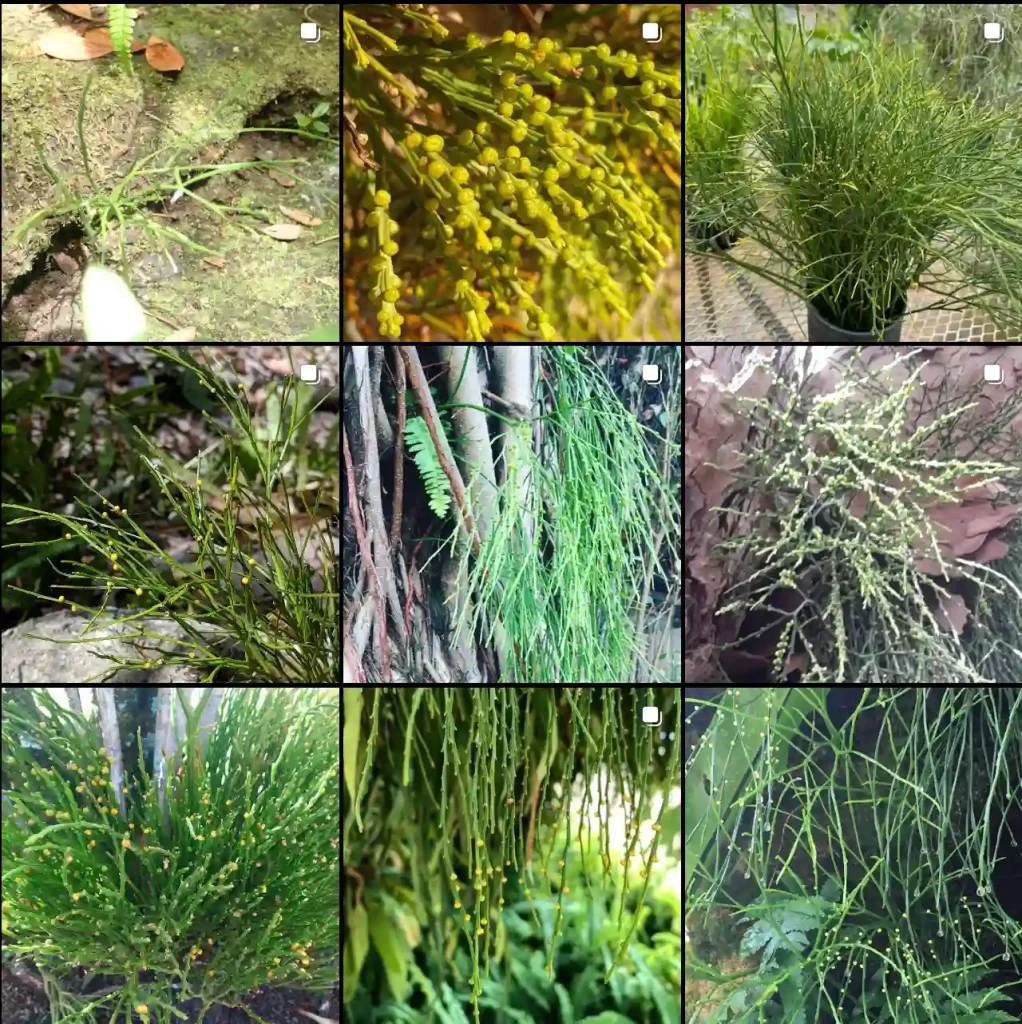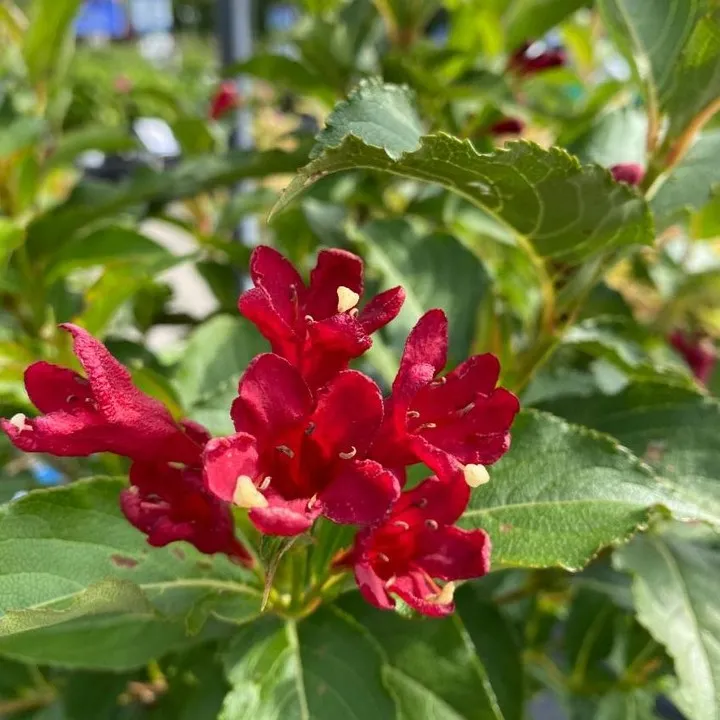How did Lygodium microphyllum get to Florida?
Lygodium Microphyllum, commonly known as Old World Climbing Fern, is a species that has intrigued me since I first encountered it during a hike in the Everglades. Originating from regions such as Africa, Asia, and Australia, this fern’s journey to Florida is a tale of unintended consequences. In the late 20th century, it was introduced to the United States, primarily for ornamental purposes. Little did anyone realize the profound impact it would have on the local ecosystem.
This plant was brought over because of its appealing aesthetics and ease of cultivation. However, the warm, humid climate of Florida proved to be an ideal environment for Lygodium Microphyllum, allowing it to thrive and spread rapidly. The fern quickly escaped cultivation and started invading natural habitats. Its ability to grow aggressively and form dense mats made it a formidable force against native plants, altering the landscape dramatically.
How does Lygodium Microphyllum spread?
The spread of Lygodium Microphyllum is a masterclass in botanical adaptability. This fern propagates through spores, which are incredibly small and lightweight, making them easily dispersed by wind, water, and animals. When these spores find a suitable environment, they germinate and establish new colonies. The fern’s climbing nature allows it to smother trees and shrubs, blocking sunlight and leading to the decline of native vegetation.
Additionally, human activities inadvertently contribute to its spread. Movement of soil, equipment, and even recreational activities in infested areas can transport spores to new locations. Once established, Lygodium Microphyllum’s ability to regenerate from fragments ensures its persistence and expansion, making control efforts challenging.
What are the ecological impacts of Lygodium Microphyllum?
The ecological impacts of Lygodium Microphyllum are profound and multifaceted. By forming thick, impenetrable mats, this fern outcompetes native plants for light and nutrients, leading to a decline in biodiversity. Its presence disrupts natural fire regimes; the dense foliage can alter fire intensity and frequency, affecting the growth and regeneration of native plant species.
Wildlife is also impacted, as the loss of native plants can lead to a decrease in food sources and habitat. The smothering effect on trees and shrubs can result in the collapse of entire plant communities, further destabilizing ecosystems. The changes induced by Lygodium Microphyllum can have cascading effects, influencing everything from soil composition to water availability.
How is Lygodium Microphyllum controlled?
Controlling Lygodium Microphyllum requires a multifaceted approach due to its resilient nature. Mechanical methods, such as cutting and removing the fern, can provide temporary relief but are labor-intensive and often insufficient for long-term control. Chemical treatments using herbicides have been more effective but require careful application to avoid harming native plants and animals.
Biological control is another promising avenue. Researchers are exploring the use of natural predators and pathogens from the fern’s native range to manage its spread. These biological agents must be carefully tested to ensure they do not become invasive themselves or harm non-target species.
Integrated management strategies, combining mechanical, chemical, and biological methods, offer the best hope for controlling Lygodium Microphyllum. Regular monitoring and rapid response to new infestations are crucial to prevent the fern from gaining a foothold in new areas.
What can you do to help prevent the spread of Lygodium Microphyllum?
As someone who loves the outdoors and is passionate about preserving natural habitats, I believe we all have a role to play in preventing the spread of invasive species like Lygodium Microphyllum. Simple actions, such as cleaning your shoes, gear, and vehicles after visiting infested areas, can help reduce the risk of transporting spores to new locations.
Supporting local conservation efforts and staying informed about invasive species can also make a significant difference. Volunteering for habitat restoration projects and participating in educational programs can help raise awareness and contribute to the collective effort to manage and control invasive plants.
In conclusion, Lygodium Microphyllum’s journey from a decorative fern to a disruptive invader is a sobering reminder of the complex interactions between species and ecosystems. By understanding its spread, impact, and control methods, we can better protect our natural landscapes and ensure they remain vibrant and diverse for future generations.
If i die, water my plants!



